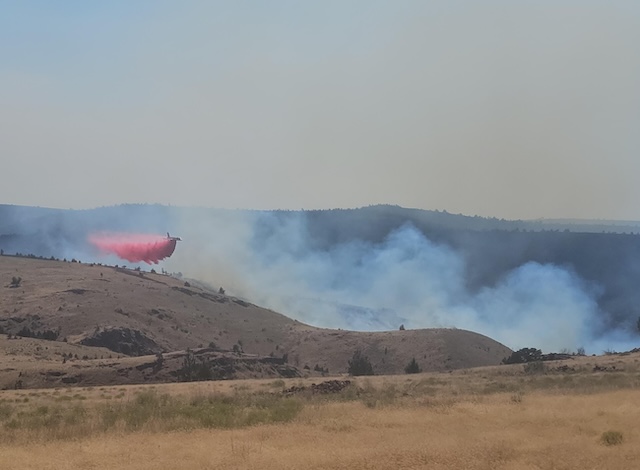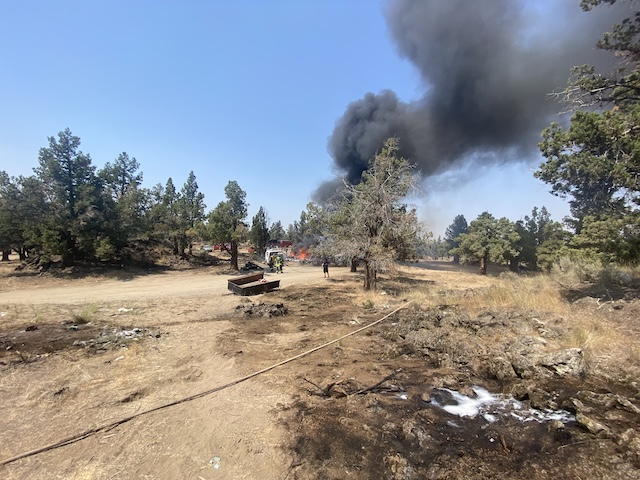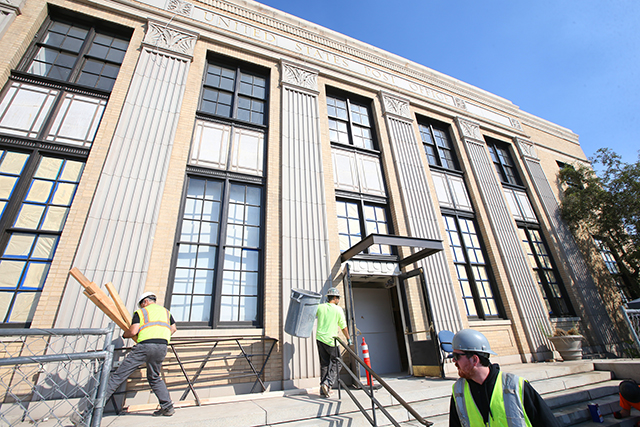Pole Creek salvage to be logged
Published 5:00 am Saturday, August 31, 2013
Nearly a year after the blaze, U.S. Forest Service officials are almost done planning for salvage logging of woods charred by the Pole Creek Fire.
The Sisters Ranger District of the Deschutes National Forest offered its updated details for salvage logging in the burn area in environmental documents released earlier this month. In all, 11 million board feet of timber and 880,000 board feet of firewood will be cut off of 980 acres of the nearly 27,000-acre fire.
Trending
Doing the salvage will help support timber jobs in the Sisters community, said Kristie Miller, Sisters district ranger.
“And (it will) get some value from that wood that has burned,” she said.
But Chuck Burley, timber manager for one of the last operating mills on the east side of the Cascades in Oregon, questions how valuable the wood will be.
First spotted on Sept. 9, 2012, the Pole Creek Fire burned about 40 square miles over about five weeks. Last November, Forest Service investigators announced that lightning on Sept. 8, 2012, caused the fire.
Burley, who works at the Interfor mill in Gilchrist, said most of the value of the timber is likely gone by now.
“That stuff sat out there for a hot, dry summer,” he said.
Trending
A member of the Deschutes Forest Collaborative Project steering committee, Burley said he pushed for an earlier salvage. Made up of environmentalists, timber interests, elected officials and other stakeholders in the woods around Bend, the collaborative advises Forest Service planners.
An average log truck holds about 4,000 board feet of timber, Burley said, meaning the planned salvage would fill around 2,750 trucks.
“Would have been nice if they had offered that for sale (in) late winter or early spring,” he said.
The district first put out a scoping letter about the possible salvage in February and Miller said the district is using an emergency designation to speed up any potential appeal of the project and prevent litigation delaying work in the woods.
The district is also planning to salvage cut hazard trees, or burned trees with the potential of falling, along 42 miles of roads in the Pole Creek burn area. Trees that district officials deemed in imminent danger of falling onto roads have already been cut.
There will be two timber sales for burned Pole Creek Fire trees, with the salvage logging and hazard tree removal projects combined, Miller said.
“We are going to do a north half and a south half,” she said.
She said district foresters checked on the wood in the burn area recently, looking particularly for blue stain, a fungus that follows insect infestation and diminishes the value of the timber by giving it a dark bluish color.
“They are still not in bad shape for this fall,” she said, “or late this summer anyways.”
Burley, whose mill produces finishing products, said he’d have his own inspectors take a look at the timber before deciding whether to bid on the salvage once it is offered.
Pole Creek salvage documents
To view U.S. Forest Service documents about the planned Pole Creek Fire salvage logging, go online to www.fs.fed.us/nepa/nepa_project_exp.php?project=41286. For documents about the roadside hazard tree removal, go to www.fs.fed.us/nepa/nepa_project_exp.php?project=40969.








